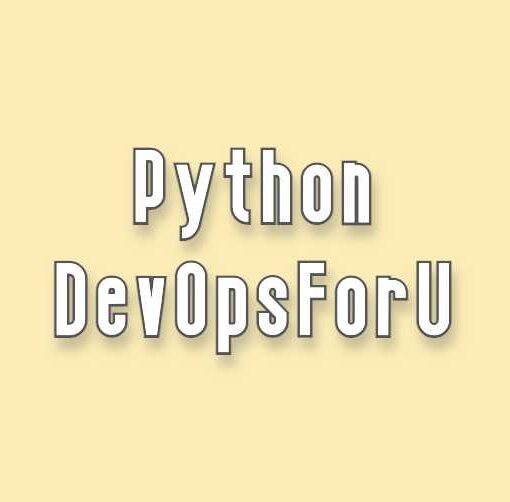Try block in Python is used to enclose code that might throw an exception. When an exception occurs in the try block, the program execution moves to the except block, where you can handle the exception. Here is an example:
try:
# some code here
pass
except Exception:
# handle the exception
passYou can also specify multiple except blocks to handle different types of exceptions. For example:
try:
# some code here
pass
except ValueError:
# handle ValueError exception
pass
except TypeError:
# handle TypeError exception
passYou can also include an else block after the try block and before the except block. The else block will be executed if no exception occurs in the try block.
You can also use a “finally” block after the try and except blocks. The code in the “finally” block will always be executed, whether or not an exception occurred in the try block.
Here is an example that demonstrates all of these concepts:
try:
# some code here
pass
except ValueError:
# handle ValueError exception
pass
except TypeError:
# handle TypeError exception
pass
else:
# code in this block will be executed if no exception occurs
pass
finally:
# this block of code will always be executed
passFor more information please visit python.org
This article is created based on experience but If you discover any corrections or enhancements, please write a comment in the comment section or email us at contribute@devopsforu.com. You can also reach out to us from Contact-Us Page.
Follow us on LinkedIn for updates!




